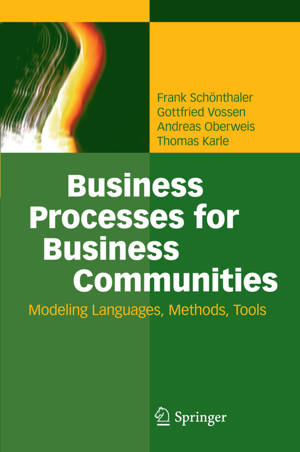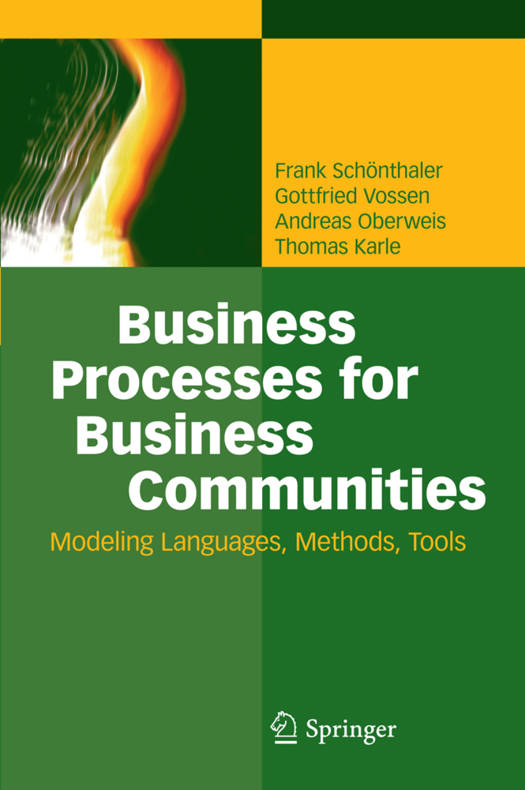
- Afhalen na 1 uur in een winkel met voorraad
- Gratis thuislevering in België vanaf € 30
- Ruim aanbod met 7 miljoen producten
- Afhalen na 1 uur in een winkel met voorraad
- Gratis thuislevering in België vanaf € 30
- Ruim aanbod met 7 miljoen producten
Zoeken
Business Processes for Business Communities
Modeling Languages, Methods, Tools
Frank Schönthaler, Gottfried Vossen, Andreas Oberweis, Thomas Karle
Paperback | Engels
€ 49,95
+ 99 punten
Uitvoering
Omschrijving
After a brief introduction to the topic of business process modeling, the book offers a quick-start into model-based business process engineering. After that, the foundations of the modeling languages used are conveyed. Meaningful examples are in the foreground - each of the underlying formalisms is treated only as far as needed. Next the Horus Method is described in detail. The book defines a sequence of activities which finally leads to the creation of a complete business process model. The Horus Method, incidentally, is not bound to the use of the Horus software tools. It can be used with other tools or, if necessary, be used even without tool support. Important application fields of business process engineering are described, where the spectrum ranges from business process reengineering to the development and implementation of information systems. The book concludes with an outlook on the future of business process engineering and highlights current research activities in the area.
Specificaties
Betrokkenen
- Auteur(s):
- Uitgeverij:
Inhoud
- Aantal bladzijden:
- 189
- Taal:
- Engels
Eigenschappen
- Productcode (EAN):
- 9783642430527
- Verschijningsdatum:
- 13/04/2014
- Uitvoering:
- Paperback
- Formaat:
- Trade paperback (VS)
- Afmetingen:
- 156 mm x 234 mm
- Gewicht:
- 290 g

Alleen bij Standaard Boekhandel
+ 99 punten op je klantenkaart van Standaard Boekhandel
Beoordelingen
We publiceren alleen reviews die voldoen aan de voorwaarden voor reviews. Bekijk onze voorwaarden voor reviews.











